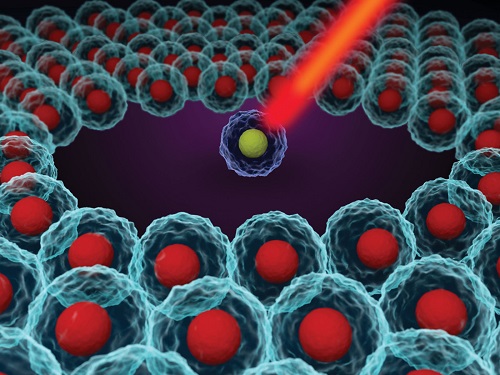Single cell genome sequencing is a promising method to analyze the genetic information in one single cell
Single cell DNA sequencing can identify hundreds of single cells in parallel, allowing researchers to find the underlying cause of cellular malfunction. The costs associated with single-cell sequencing increase as the number of cells increases, however. Listed below are the pros and cons of single-cell genome sequencing. This method is based on a combination of methods.
The benefits of single-cell genome
sequencing are multiple. It is especially useful in cancer research because it
can identify tumor clones with different genetic compositions, which may be
responsible for varying metastatic potential and proliferative abilities.
Furthermore, tumor heterogeneity is one of the factors that influence the
frequent lethal outcome of cancer and therapy resistance. This technology has
many uses and is becoming a major player in the field of cancer research.
While Single
Cell Genome Sequencing has
many applications in microbiology, it is most often used to analyze
environmental microbial communities. The single Cell Genome Sequencing technique has
proven to be an effective way to determine the genetic composition of low-titer
pathogenic bacteria and phage sequences. It is also used to identify sources of
drug resistance and discover new ways to combat antimicrobial resistance.
Ultimately, this technology will revolutionize the way we study microbe
communities.
RNA-Seq is a popular technique that allows
researchers to study gene expression in single cells. By utilizing a
microfluidic chip, single-cell RNA-sequencing allows researchers to study gene
expression at the level of a single cell. The mRNA is enriched at the 3'
terminus, allowing researchers to examine the gene expression at a single cell
level. The results can be used to develop new therapies and diagnose various
diseases.
The process of Single Cell Genome Sequencing is
applicable to different organs and tissues. This method can identify phenotypes
of different immune cells, even if the cells have the same progenitor. There
are many other applications of single cell sequencing in a variety of settings,
including the study of immune cells and cancer.




Comments
Post a Comment